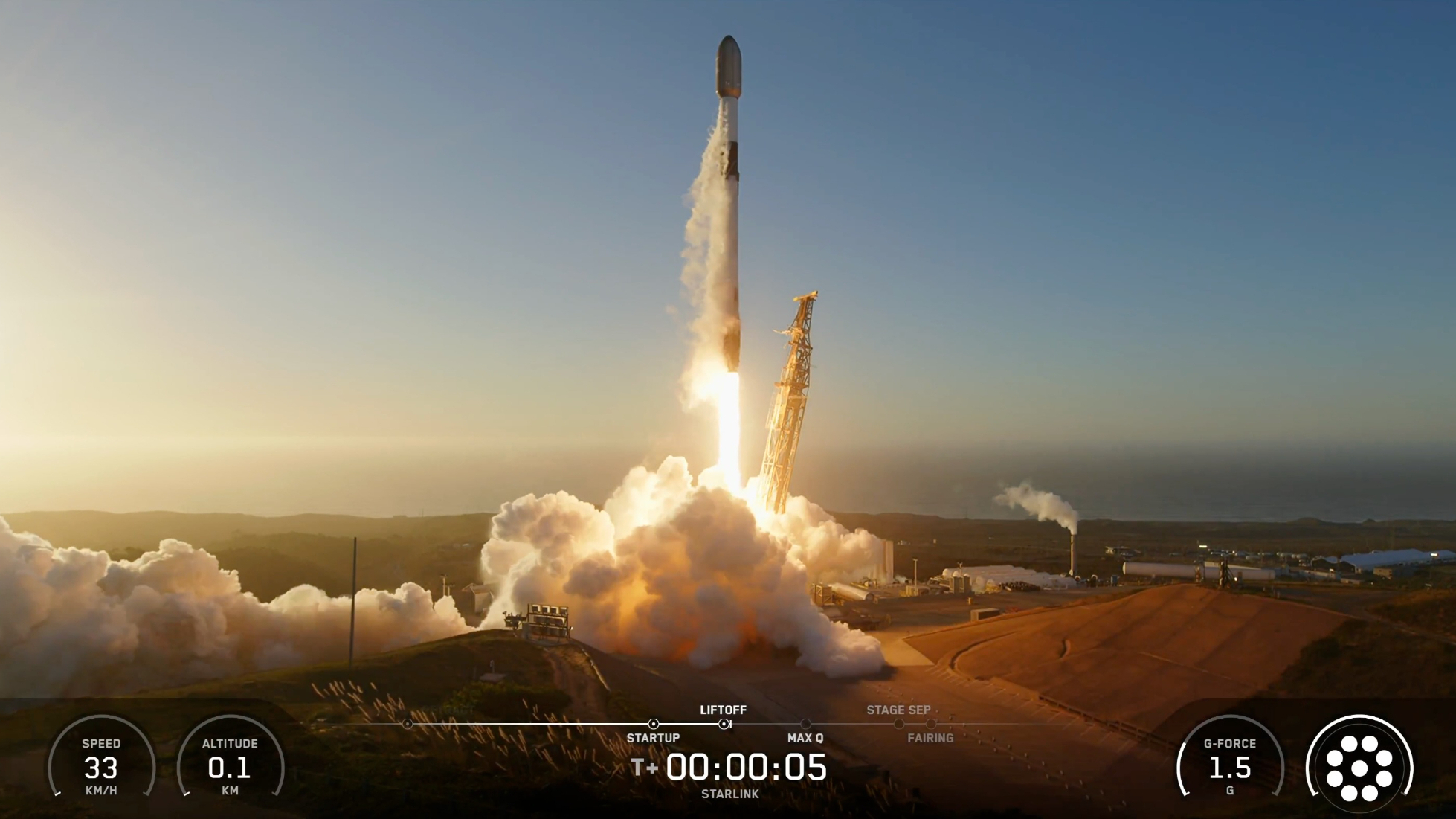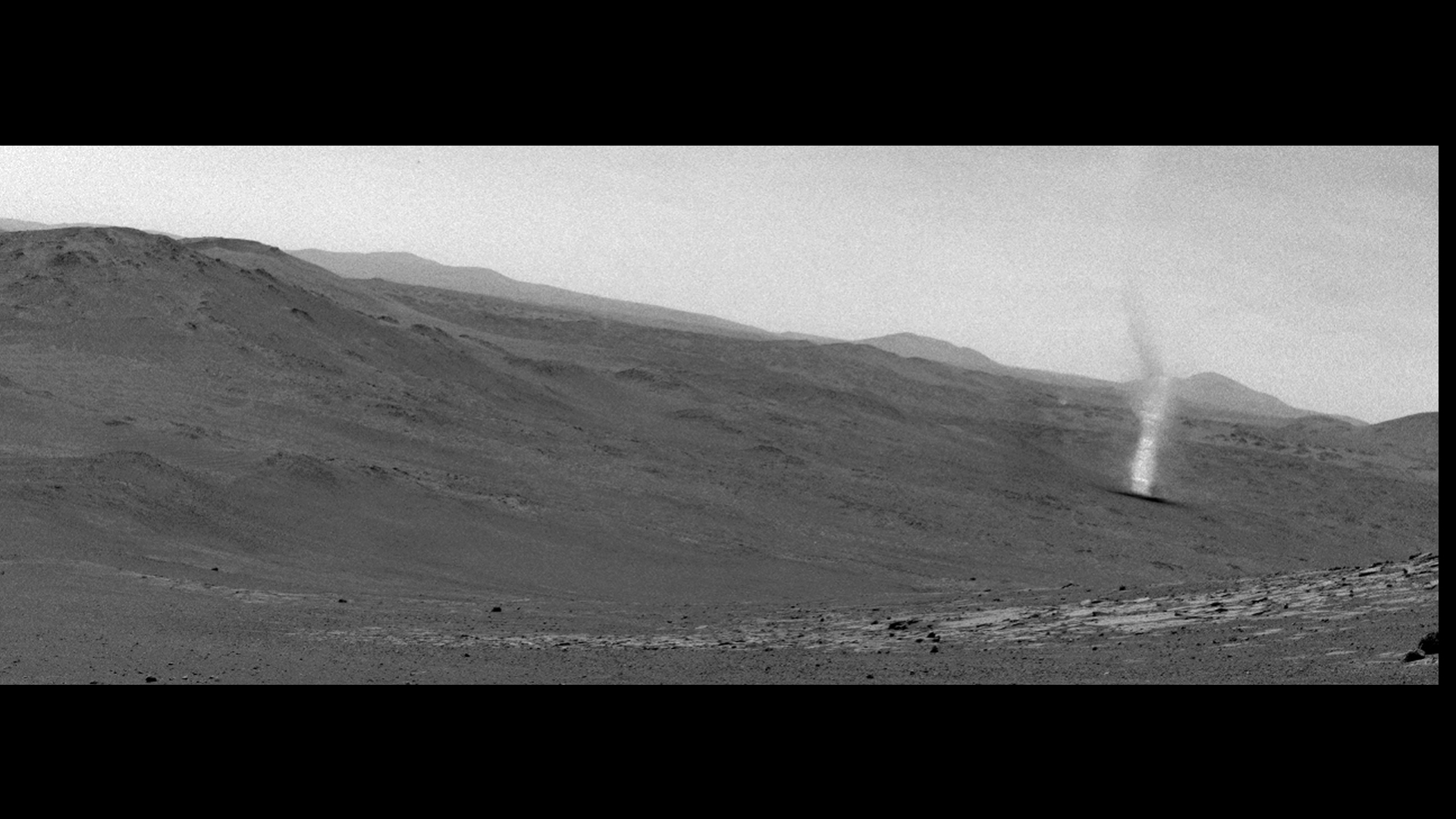SpaceX launches 28 Starlink satellites from California, lands rocket at sea
It was the 137th Falcon 9 launch of the year for SpaceX.

SpaceX launched yet another batch of its Starlink broadband satellites today (Oct. 27).
A Falcon 9 rocket topped with 28 Starlink craft lifted off from California's Vandenberg Space Force Base today at 8:43 p.m. EDT (5:43 p.m. local California time; 0043 GMT on Oct. 28).
The rocket's first stage came back to Earth as planned about 8.5 minutes later, landing in the Pacific Ocean on the SpaceX drone ship "Of Course I Still Love You." It was the 17th flight for this particular booster, which carries the designation 1082.
USSF-62 | OneWeb Launch 20 | NROL-145 | 13 Starlink missions
The rocket's upper stage, meanwhile, continued hauling the 28 Starlink satellites toward low Earth orbit (LEO), where they will be deployed about an hour after launch.
Today's launch was the 137th Falcon 9 mission of the year and the third in the last three days. Ninety-eight of those flights have been devoted to building out the Starlink megaconstellation, by far the largest satellite network ever assembled.
SpaceX has launched more than 10,000 Starlink spacecraft to date, and nearly 8,750 of them remain active in LEO. The megaconstellation will get considerably bigger, however, adding perhaps another 30,000 satellites or so over the coming years.
SpaceX extends its single-year launch record with every liftoff these days. The company's previous mark for orbital launches was 134, set in 2024.
Breaking space news, the latest updates on rocket launches, skywatching events and more!

Michael Wall is a Senior Space Writer with Space.com and joined the team in 2010. He primarily covers exoplanets, spaceflight and military space, but has been known to dabble in the space art beat. His book about the search for alien life, "Out There," was published on Nov. 13, 2018. Before becoming a science writer, Michael worked as a herpetologist and wildlife biologist. He has a Ph.D. in evolutionary biology from the University of Sydney, Australia, a bachelor's degree from the University of Arizona, and a graduate certificate in science writing from the University of California, Santa Cruz. To find out what his latest project is, you can follow Michael on Twitter.
You must confirm your public display name before commenting
Please logout and then login again, you will then be prompted to enter your display name.
